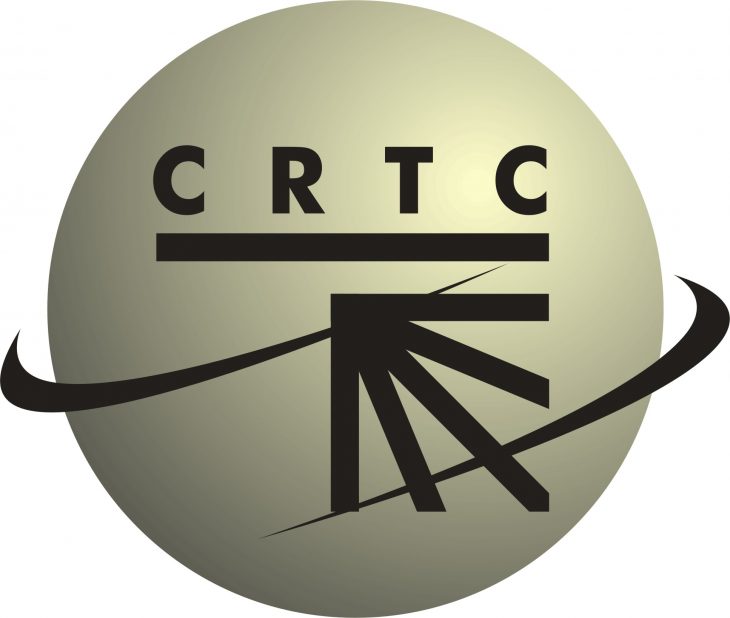
OTTAWA and GATINEAU — In October of last year, the vast majority of Canadian Internet service providers met or exceeded the maximum download and upload speeds they advertised, according to the second edition of the CRTC’s Measuring Broadband Canada report, released today.
The study was conducted by broadband testing firm SamKnows on behalf of the CRTC, and was based on measurement data collected from October 1 to 31, 2019. Using the data collected from 2,035 “whiteboxes” deployed to Canadian homes, the study examines download and upload speeds, latency, packet loss and web page loading time. Participating ISPs include Bell Aliant, Bell Canada, Bell MTS, Cogeco, Northwestel, Rogers, Shaw, Telus and Videotron.
According to the report, average download speeds exceeded those advertised across all ISPs included in the report, ranging from 102% during peak hours for Bell Aliant FTTH (fibre to the home) to 129% for Rogers cable/HFC (hybrid fibre-coaxial). The only Internet packages included in the report that did not meet advertised maximum download speeds were Bell Canada’s DSL 100/10 Mbps and Shaw’s cable/HFC 300/15 Mbps at 93% and 99%, respectively.
Average upload speeds were largely above advertised rates during peak usage hours, with Telus delivering the highest at 164% on DSL (113% on FTTH), according to the report. However, the tiers tested for Bell Aliant and Bell Canada were lower than advertised speeds — Bell Aliant FTTH 500/500 Mbps achieved 94% of its maximum advertised speed during peak hours, and Bell Canada delivered upload speeds on DSL that were below their advertised maximum rates, at 87%.
Latency data was focused on whiteboxes located within a 150-kilometre radius of test server locations to minimize the effect of distance on measurements. Average latency during peak hours was 4 milliseconds for users on fibre connections, and 12 and 14 milliseconds for users on DSL and cable/HFC connections, respectively. Packet loss was also low, averaging 0.06% for users on fibre, 0.11% on DSL, and 0.13% for users on cable/HFC connections.
Average web page loading times to a selection of popular websites was under 3 seconds, with the majority of users being able to fully load webpages within 1.3 to 2.4 seconds. Load times are found to be approximately 0.7 seconds faster for Internet packages with download speeds of 25 Mbps or higher, but see no discernible improvement as speeds increase to the 600 Mbps range, according to the report.
“Over the last few months, Canadians have relied on their Internet services for nearly every facet of their daily lives as they avoided unnecessary trips outside of their homes. While the data was collected prior to the Covid-19 pandemic, we are encouraged by the results that show that Canadians generally receive the Internet speeds for which they pay. This report provides valuable insight on the performance of Internet services across Canada and will inform future policy decisions. We are grateful to the thousands of Canadians who volunteered for the Measuring Broadband Canada project, as well as the ISPs who contributed to the success of the project,” said CRTC chair and CEO Ian Scott, in the Commission’s news release.
Rogers Communications was quick to issue its own press release today, touting the study’s findings that, on average, Rogers Internet packages delivered 130% of the maximum advertised download speed during off-peak periods and 129% during peak periods. In addition, Rogers on average delivered 106% of the maximum advertised upload speed during off-peak usage hours and 104% during peak hours.
“We are committed to offering our customers fast, dependable Internet service that they can count on to keep them connected to what matters most,” said Eric Bruno, senior vice-president of 5G, content and connected home products at Rogers, in the company’s release. “These results reflect the ongoing investments that we have made in our fibre-powered network to increase speed and capacity and will continue to be a focus now and in the future as demand for data grows.”
The second edition of the Measuring Broadband Canada report can be accessed here.



